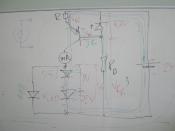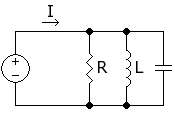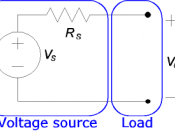In a series circuit
Electrons flow along a single path through 2 or more loads before returning to source.
Law #1 - any break in a series circuit stops the entire electron flow (a break or loose connection can prevent electrons from flowing)
Law #2 - when there are two or more loads in a series circuit, the voltage drop across each load is a fraction of the total voltage supplied by the source
voltage across each load decreases as additional loads are wired into circuit
the sum of the voltage drops across each load = voltage of source
V1 = I R1 V2 = I R2 V3 = I R3
VT = V1 + V2 + V3 + ...
Law #3 - the current is the same in all parts of a series circuit - all electrons flowing from source eventually return to source - only one path in series circuit - can measure current anywhere in circuit
Law #4 - the resistance (total) increases in a series circuit as the number of loads increases - the total resistance of a circuit is equal to the sum of the resistances of each wire and load
RT = R1 + R2 + R3 + ...
***********************************************
Parallel Circuits
A parallel circuit is one in which electrons flow through more than one path or branch. The electrons can flow through any one or more of the branches before returning to the source.
Law #1 - a break in one branch of a parallel circuit does not stop the flow of current in other branches
Law #2 - the voltage is the same in all branches of a parallel circuit and equals the voltage of the source
Law #3 - the current is not necessarily the same in all branches of a...


